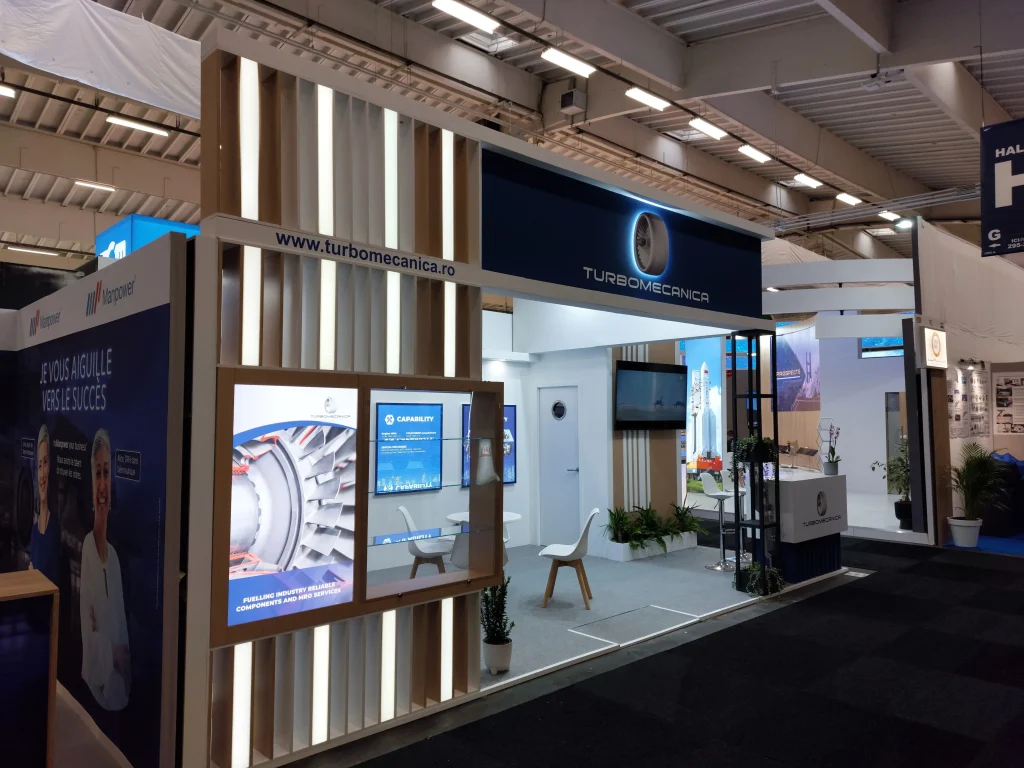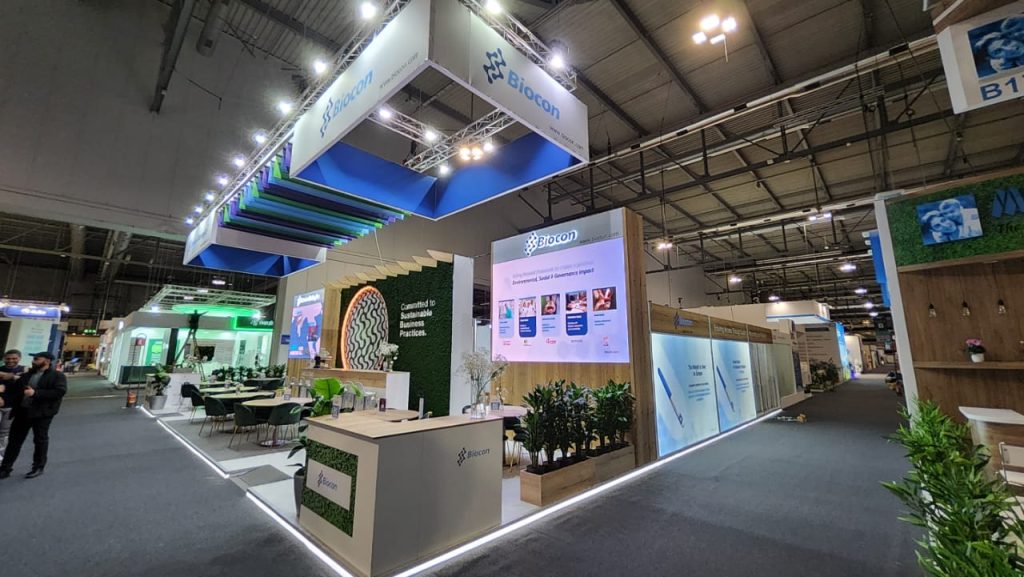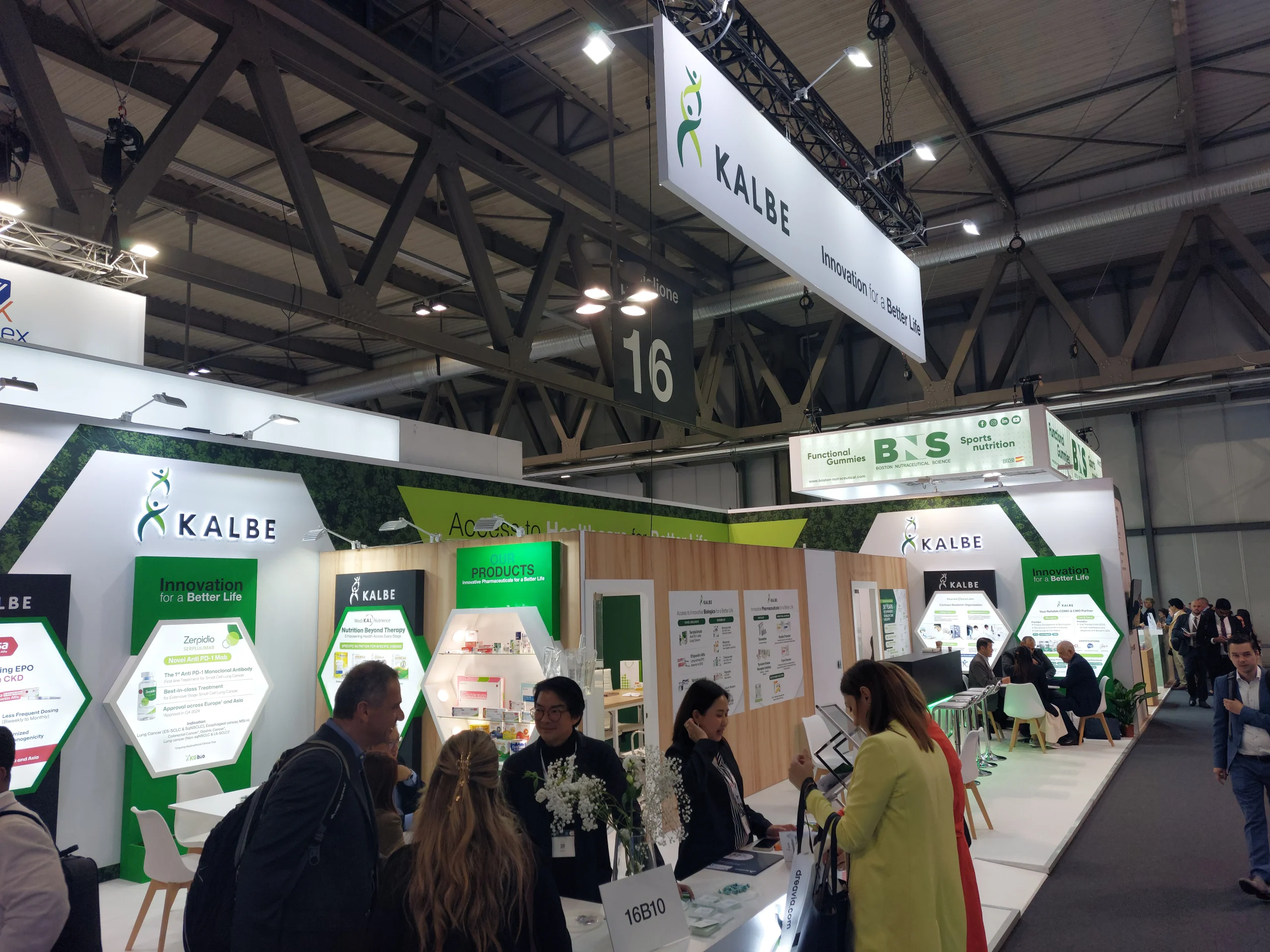
Introduction:
As trade show competition intensifies in the UK, exhibitors are turning to neuroaesthetics—the study of how design affects brain responses—to craft exhibits that attract attention, enhance engagement, and improve brand recall. Trade shows at ExCeL London, NEC Birmingham, and Olympia London are no longer just about showcasing products; they are about creating environments that subconsciously influence decision-making and emotions.
How Neuroaesthetics Impacts Trade Show Booth Design?
The human brain processes visual and spatial information in ways that affect attention span, emotional connection, and memory retention. By incorporating color psychology, symmetry, natural elements, and multi-sensory stimuli, exhibitors can design booths that feel more inviting, immersive, and memorable.
Biophilic Design: Nature-Inspired Exhibits for Deeper Engagement
Studies show that natural elements—wood, greenery, natural light, and organic textures—reduce stress and improve cognitive function. UK exhibitors are now integrating biophilic design into trade show booths to create more welcoming, calming, and engaging spaces. Exhibition booth builders are using living walls, sustainable wood structures, and nature-inspired color schemes to enhance visitor interaction.
Color & Lighting Psychology: How UK Brands Can Evoke the Right Emotions
Different colors trigger different emotions and behaviors. Blues and greens create trust and calmness, while reds and yellows stimulate urgency and excitement. Warm lighting makes spaces feel intimate, while cool LED lighting enhances a futuristic, high-tech look. Trade show exhibit design companies are using AI-driven lighting systems that adjust brightness and color temperature based on visitor activity to maintain engagement levels.
Sensory-Driven Booths: Engaging Beyond Sight
Brands that activate multiple senses—sight, sound, touch, and even scent—achieve higher visitor dwell times and deeper emotional connections. Experiential booth design companies in the UK are integrating:
• Directional soundscapes that guide visitors through the exhibit.
• Textured flooring and interactive surfaces to enhance tactile engagement.
• Signature scents that reinforce brand identity and memory retention.
The Science of Spatial Design: How Booth Layout Affects Behavior
The way a booth is structured determines how visitors move, interact, and engage. Crowded spaces increase stress, while open layouts encourage exploration. Custom exhibit builders are leveraging neuroscience-backed spatial planning to optimize booth flow, ensuring key engagement zones are placed where visitors naturally pause and spend more time.
AI-Powered Personalization: Creating Individualized Visitor Journeys
AI-driven exhibit booths are taking personalization to a new level. By analyzing real-time visitor data, exhibitors can adapt digital content, product recommendations, and interactive experiences based on audience preferences. Trade show booth builders are incorporating adaptive AI signage and interactive touchpoints that change dynamically based on visitor behavior.
Conclusion: The Future of Neuroaesthetic Trade Show Booths in the UK
As exhibitors compete for attention, science-backed booth design will become a major differentiator. UK brands that leverage neuroaesthetics, sensory engagement, and AI-powered personalization will not only attract more visitors but also leave a lasting impact.
Is Your Trade Show Booth Designed to Work with the Brain, Not Against It?
Partner with a leading trade show exhibit design company to create a booth that maximizes engagement using neuroscience-backed design strategies.
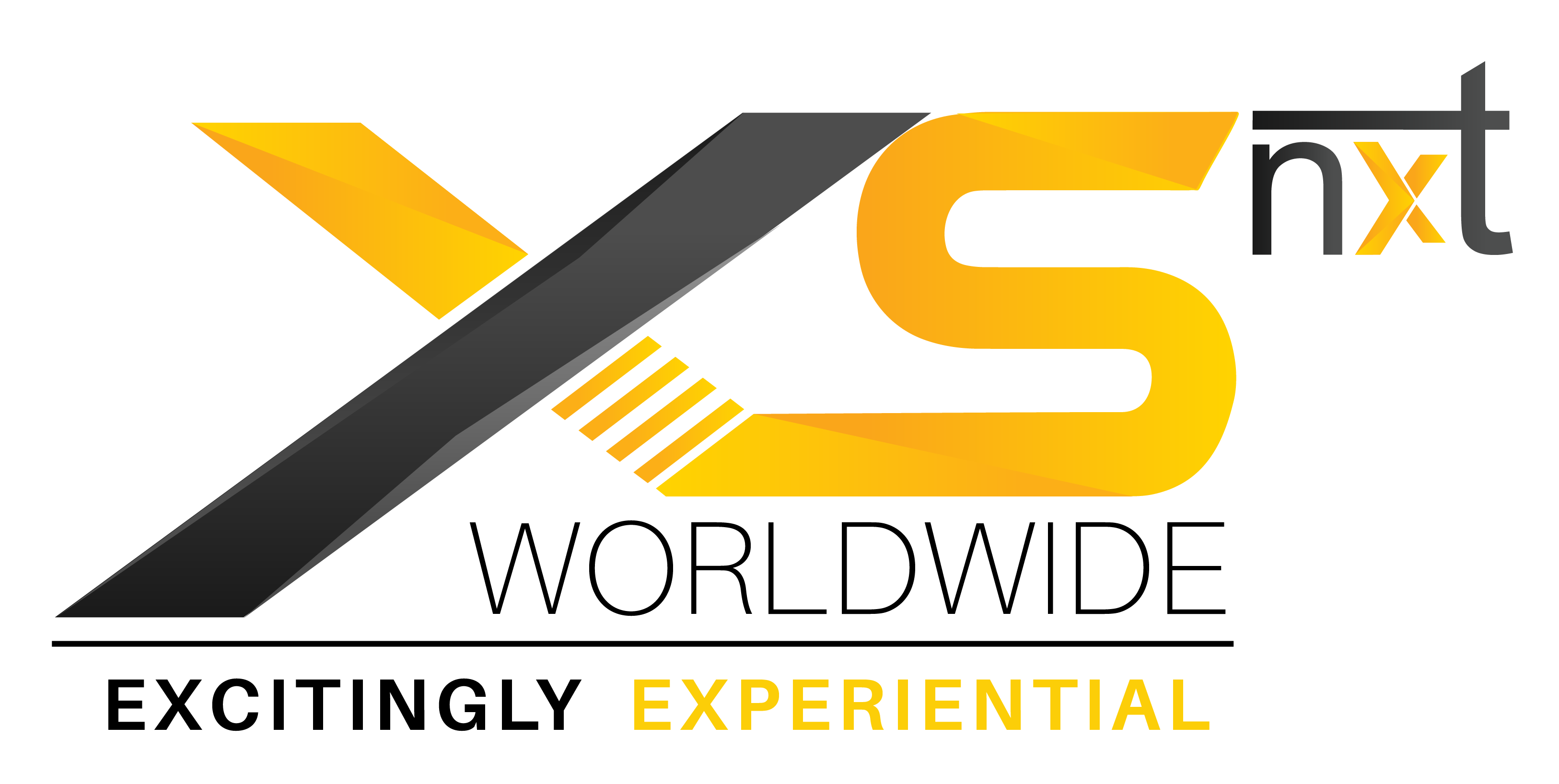
 Global
Global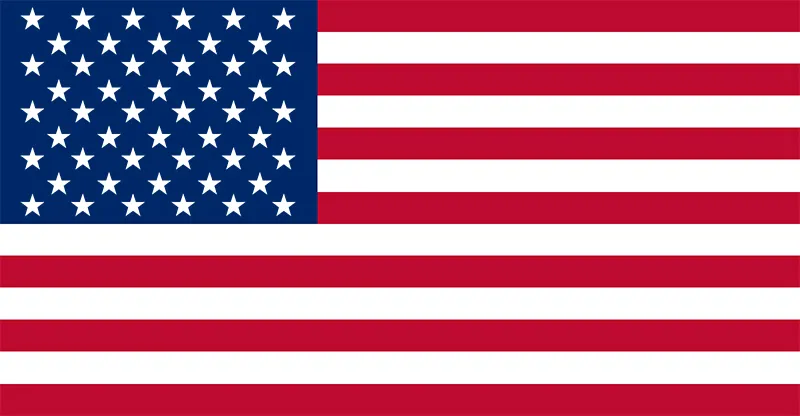 USA
USA